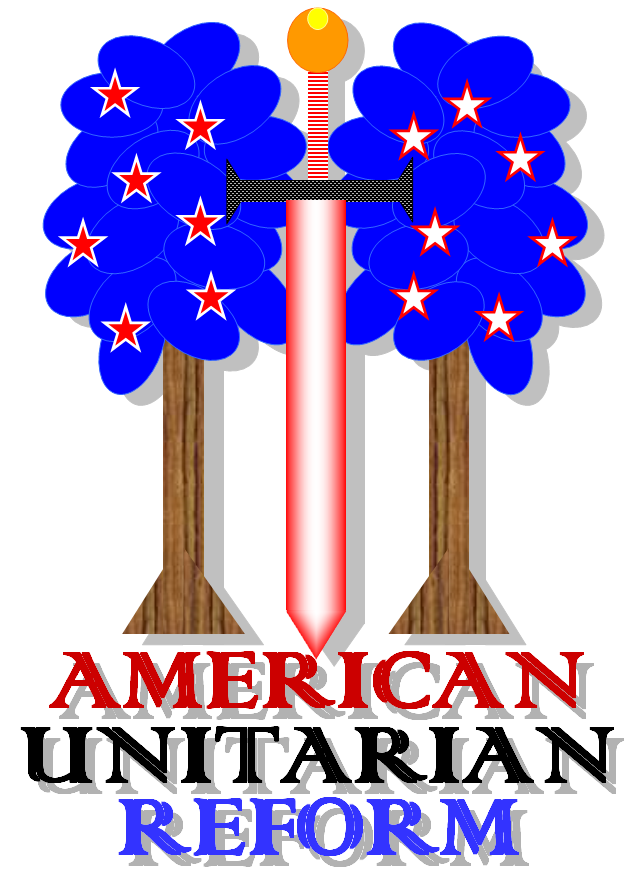 One of the primary divisions in the Christian religion is the chasm separating the pietist approach, emphasizing a rigorous Christian lifestyle, from the liturgical approach, emphasizing ritualized public worship.
One of the primary divisions in the Christian religion is the chasm separating the pietist approach, emphasizing a rigorous Christian lifestyle, from the liturgical approach, emphasizing ritualized public worship.
It may be most appropriate to address this issue a week after celebrating Ash Wednesday with liturgical churches, as American Unitarianism arose from the pietist tradition of Protestant Christianity, which has been very critical and even suspicious of ritual and ceremony.
However, the tide has been turning in favor of liturgical forms recently, and we have learned much in the centuries since the beginnings of American Unitarianism about the important role that social ceremony plays in reinforcing personal lifestyle.
Corollary of Unitarianism
The conflict of liturgical vs. pietist can be seen as an example of the sort of unreconciled dichotomy that AUR views as a great danger to true monotheism, in which all things are creatures of the One God. All pairs that appear to be opposites (like Law and Wisdom, Knowledge and Life, Justice and Mercy, Lion and Lamb) must ultimately be reconciled.
When complements are considered to be in contradiction to one another — as mutually exclusive options in an either/or choice — they defy divine reconciliation. Each falling prey to the flaws of its limited nature, they slide into authoritarian and licentious corruption: Law becomes the tool of the tyrannous Beast, Wisdom the excuse of wanton Babylon.
 Now, virtue is not found in the mere balance of opposites like this — as some simplistic New Age philosophies might imagine — but in their functional reconciliation.
Now, virtue is not found in the mere balance of opposites like this — as some simplistic New Age philosophies might imagine — but in their functional reconciliation.
Just as the voice of Yahweh was said in Numbers 7:89 to speak from between the Ark of the Covenant’s two cherubim, which (as Jewish theologian Musa bin Maimon explained) represented God’s punitive and benevolent aspects, it is in the reconciliation of Justice and Mercy; Law and Wisdom; Knowledge and Life; and Lion and Lamb that the Word of God is found.
Is it no coincidence that the seat of the Ark’s twin cherubim is called the “Reconciler” (kaporet, כפורת).
Reconciling Liturgy & Piety
In this light, AUR seeks to reconcile liturgy and piety, to use each as the antidote for the other’s flaws, and therefore derive the spiritual benefits of both. Liturgy should renew pietistic rigor, and instill a sense of coherence between social and individual religion.
For example, Christian liturgy typically includes some sort of communal prayer for intercession or pleading, in which the leader of prayer asks for assistance from God, the congregation closing out the prayer together with some form of doxology. A common form is: “in the name of the Father, and the Son, and the Holy Ghost, Amen.”
Despite the misunderstanding of this phrase by Trinitarians, AUR accepts it as a valid doxology with the understanding that it describes a stream-like flow of divine power from God through the Logos to the many gifts of the Spirit.
However, to insure that such liturgical prayers of pleading reinforce AUR’s core vision of individual piety, the Prayer in the Garden, the doxology recited to close prayers of intercession in Reformed Unitarian services should repeat the Humility of Gethsemane: “Nevertheless, Your will be done, Amen.”
In this way, the congregational ritual reinforces an attitude of rigorous personal piety: a solemn recognition of one’s contingent and temporary nature as a mortal creature before All-Encompassing God.
So, is Reform Unitarianism pietist or liturgical?
Insofar that it is truly Unitarian, it cannot idolize either side of that coin.
_
[A previous version of this homily was delivered in April 2008]
